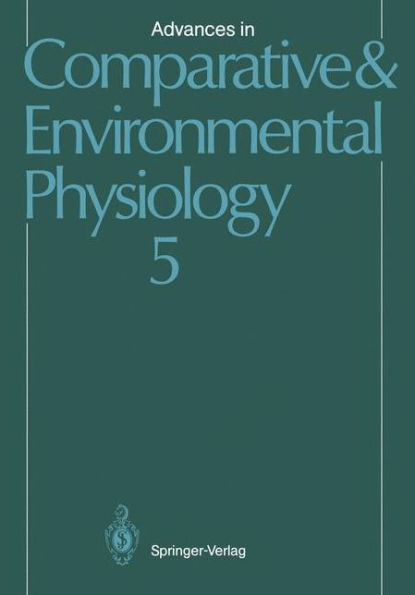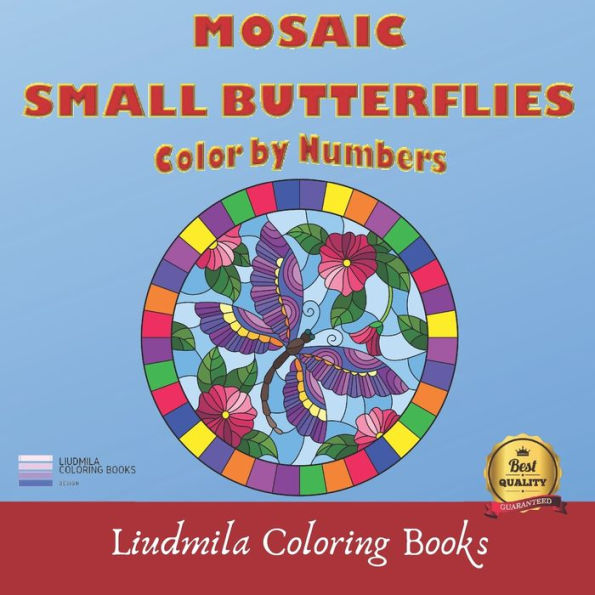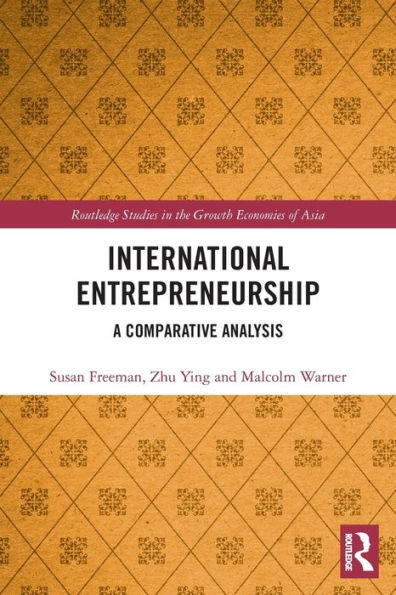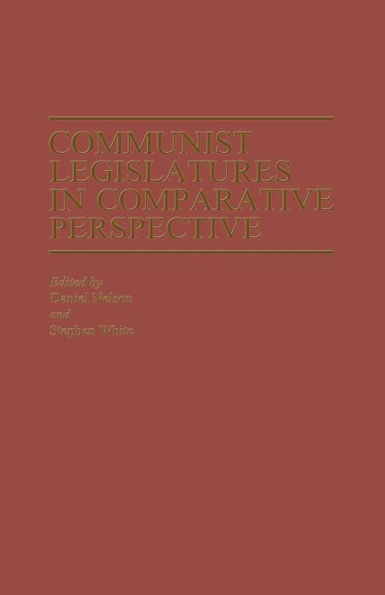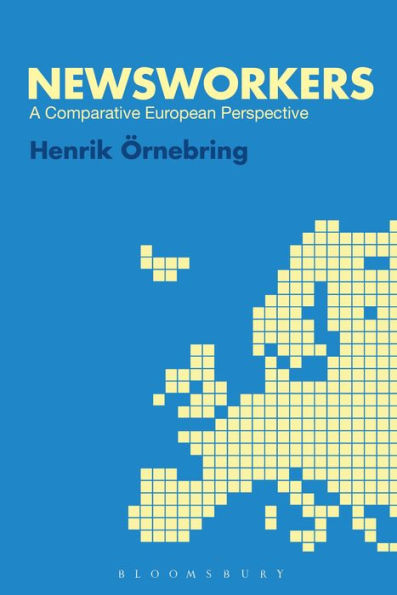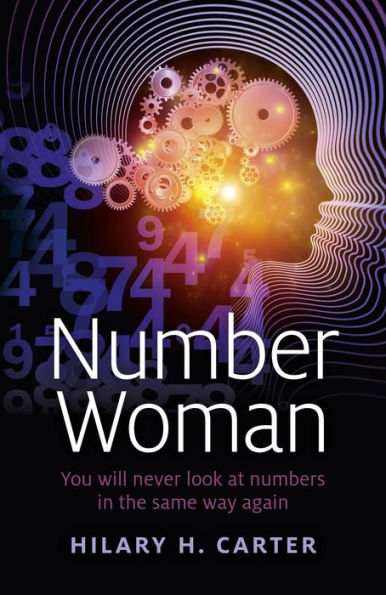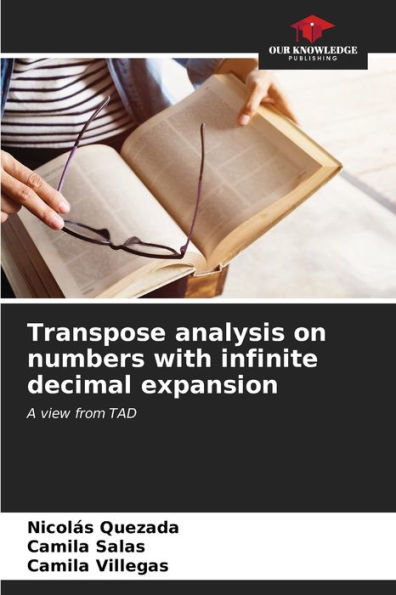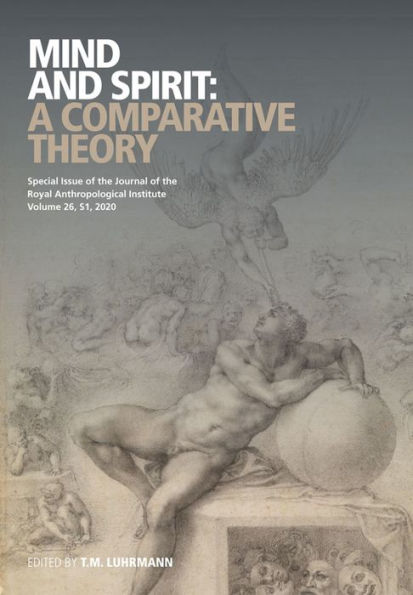Home
Comparative Midrash: Sifré to Numbers and Sifré Zutta to Numbers
Barnes and Noble
Comparative Midrash: Sifré to Numbers and Sifré Zutta to Numbers
Current price: $59.99


Barnes and Noble
Comparative Midrash: Sifré to Numbers and Sifré Zutta to Numbers
Current price: $59.99
Size: OS
Loading Inventory...
*Product information may vary - to confirm product availability, pricing, shipping and return information please contact Barnes and Noble
The documentary hypothesis of the Rabbinic canon of late antiquity maintains that complete documents form the smallest whole building blocks of the Rabbinic system. These two volumes undertake a concrete exercise in the realization of the documentary hypothesis. It compares the rhetorical/formal and exegetical traits of two entire, kindred documents. Then, through a side by side chart, it compares each component of the two documents' treatment of the same extended segment of Scripture, Numbers 19. Whole documents are to be described and analyzed through a process of systematic description, comparison, and contrast. What makes the study fresh is that the author compares the two documents of the rabbinic canon that are most alike-the two Sifrés on Numbers. What makes it surprising is the result: they have nothing in common. Each is autonomous, and except for the scriptural foundation systematically shared by both, neither intersects in an appreciable measure with the other. Volume One (Chapters One and Two) deals with forms. In Chapter One, the author surveys the forms of Sifré to Numbers and identifies and classifies the formal patterns that govern throughout. Then, with the formal and propositional program of Sifré to Numbers as a base, in Chapter Two he does the same with Sifré Zutta to Numbers. Volume Two (Chapters Three through Five) deals with exegesis and systematic comparison of whole segments of documents. Chapters Three and Four describe and compare the exegetical patterns of the base-documents, with special reference to the utilization of the verses of Scripture as foci of coherent discourse. In Chapter Five, the author compares the treatment of Huqqat, that is, a single passage of Scripture read by the two commentaries respectively.
